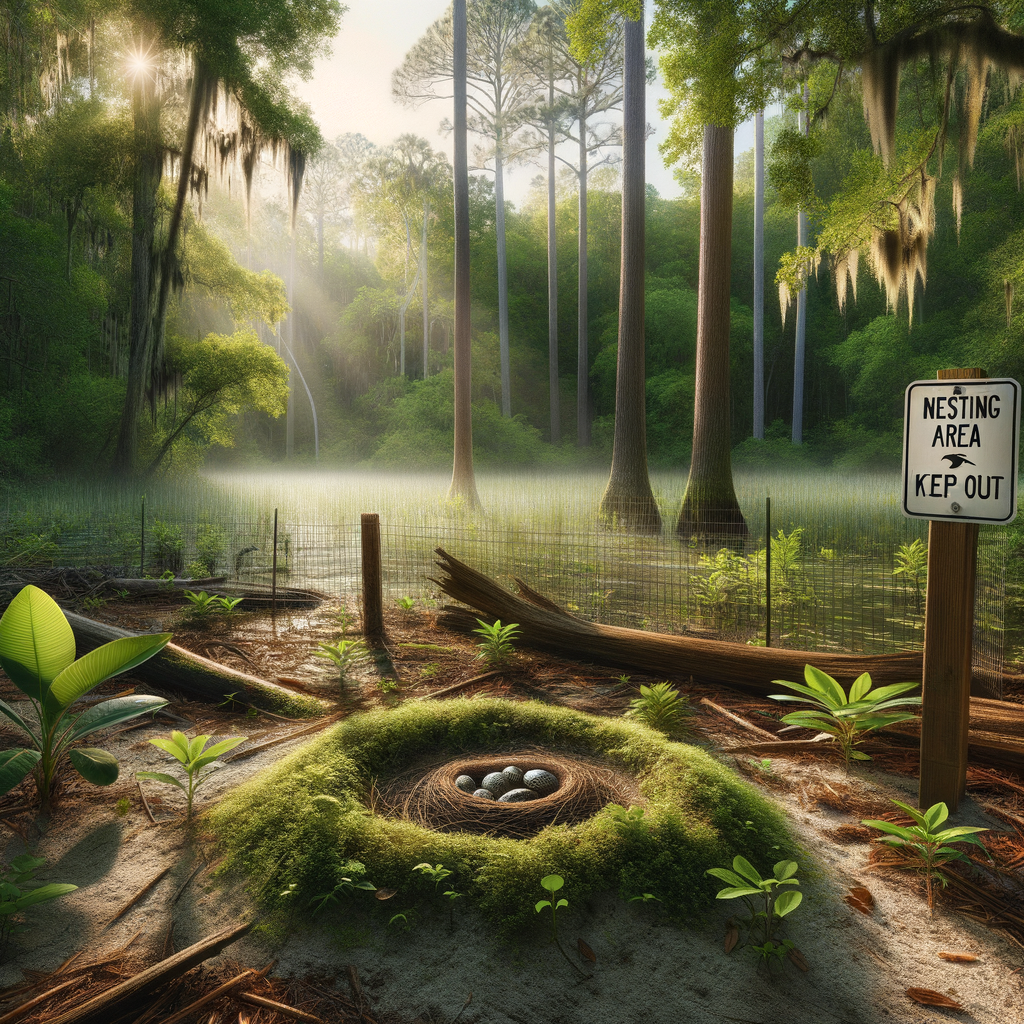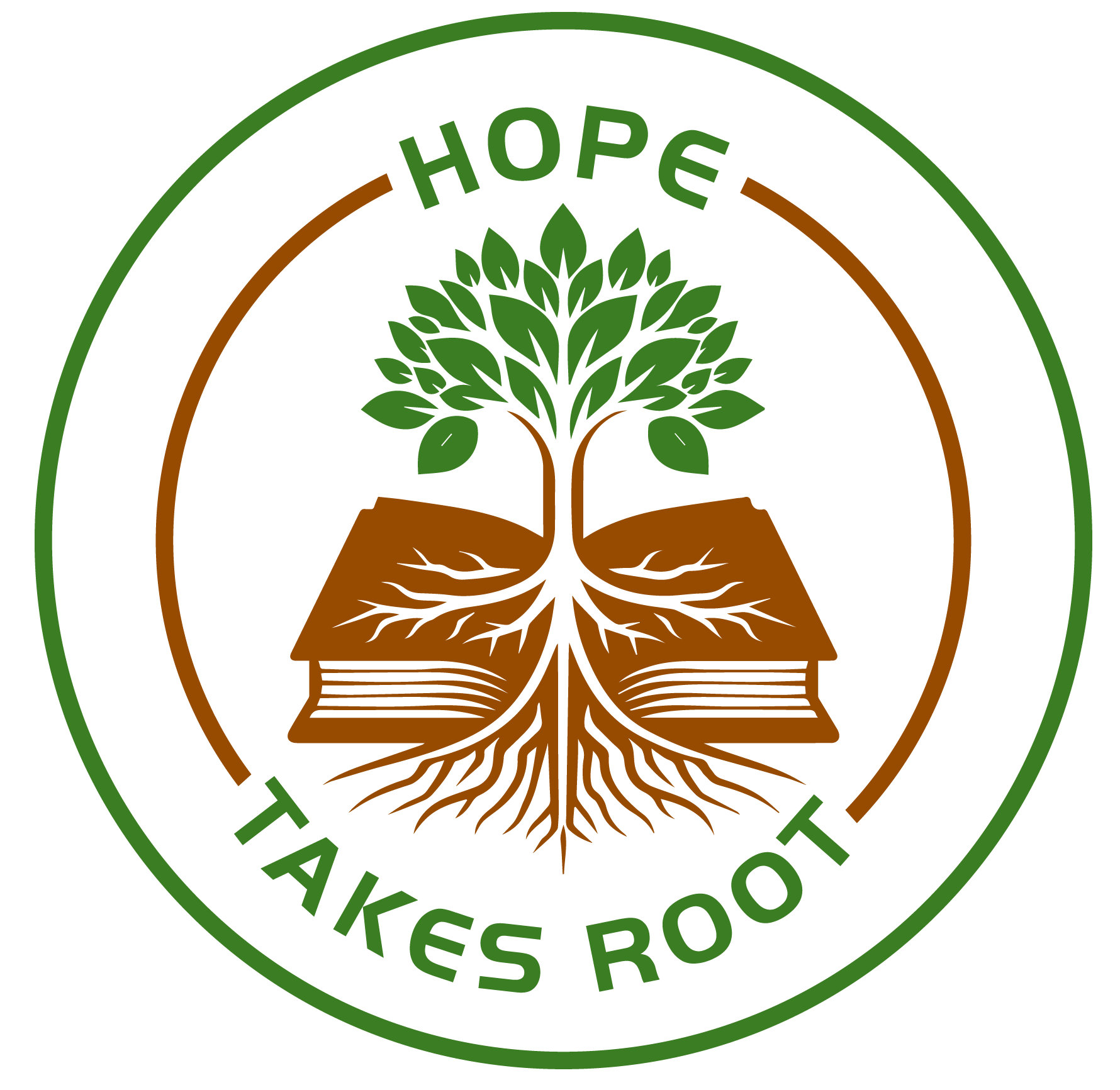Local Reforest Hackathons Insights for July
When I first got involved with local reforest hackathons, I quickly realized these events are so much more than just planting trees. They’re powerful gatherings where community engagement meets education in the most impactful way possible. If you think it’s just about some volunteers showing up for a day, think again. It’s a dynamic mix of learning, collaborating, and sparking real change that lasts well beyond the final shovel in the ground.
What Makes Local Reforest Hackathons Stand Out
A local reforest hackathon brings people together to solve environmental challenges with a hands-on approach. But the secret sauce is community engagement. It is about involving residents, experts, and local leaders in conversations and decisions about their green spaces. It’s a genuine partnership rather than a one-sided effort.
I remember attending one hackathon last month where, instead of just following a plan, organizers encouraged participants to share their ideas openly. Residents voiced concerns about soil health, voiced hopes for wildlife habitats, and suggested native plant species they valued. This level of involvement made the whole initiative feel truly owned by the community.
Why Education Is a Game Changer Here
Education is the backbone of these hackathons. People need to understand why reforestation matters, how trees benefit their neighborhoods, and what kinds of trees will thrive in local conditions. Without this knowledge, efforts can be ineffective or short-lived.
One thing I’ve seen work really well is tailoring educational sessions to the audience. For example, workshops on tree planting techniques, soil science basics, and climate impacts in simple, straightforward language help everyone from teenagers to seniors participate meaningfully. It’s not about overloaded jargon but practical, useful knowledge.
How Education and Engagement Fuel Each Other
When education is tied directly to active engagement, the results become remarkable. Here is why:
- Confidence grows when people understand the issues and solutions.
- Creativity sparks as informed groups brainstorm better ideas.
- Ownership emerges leading to long-term commitment beyond the event day.
At one hackathon, after learning about native tree species, the community collaboratively mapped out planting zones based on local wildlife needs and urban development plans. The project wasn’t just about adding green; it became a shared mission deeply rooted in knowledge and respect.
Tackling the Common Challenges
Of course, these events face challenges. Access can be limited because not everyone has the free time or resources to join. There's also the tricky task of building trust, especially in communities with past negative experiences around environmental projects. Plus, in the age of social media, misinformation about climate or reforestation science can create confusion.
To overcome these, I’ve seen success with strategies such as:
- Hosting in-person sessions in easy-to-reach community centers.
- Partnering with trusted local leaders to co-facilitate.
- Providing educational materials in multiple languages.
- Offering both online and offline participation options.
Effective Strategies for Success
From my experience, some approaches really boost local reforest hackathons:
1 Collaborative Storytelling
People naturally connect through stories. Encouraging participants to share their experiences with the local environment builds empathy and strengthens the community bond. At one hackathon, story circles revealed deep-rooted concerns and hopes that shaped the event’s goals in ways a presentation never could.
2 Interactive Workshops
Forget lengthy presentations. Hands-on activities like tree planting drills, soil testing labs, or mock urban planning sessions keep people engaged and help learning stick. Active participation makes the event lively and ensures concepts translate to real-world action.
3 Smart Use of Technology
Technology helps widen participation but must be used thoughtfully. Online surveys, live streams, and social media campaigns can bring more voices in. However, always ensure there are in-person alternatives to accommodate everyone.
Looking Ahead with Hope and Intention
The future of local reforest hackathons is bright. As climate concerns rise and communities seek more involvement in shaping their surroundings, these events offer a model for collective action and education combined. Imagine neighborhoods united in co-creating greener, healthier spaces, schools collaborating with local experts, and flexible educational content tailored to evolving needs.
This future isn’t just a wish. It’s achievable with consistent effort and a genuine commitment to listening and learning together.
Final Thoughts on Why It Matters
Why care about local reforest hackathons? Because each of us belongs to a community, whether big or small. When we engage actively and learn about the environment we share, we unlock the power to make real, lasting change.
It doesn’t need to start with a government mandate or a big corporation. Change begins with everyday people coming together, planting trees, exchanging ideas, and building a healthier world for everyone.
So next time you hear about a local reforest hackathon, consider joining in. Bring your questions, bring your energy, bring your willingness to learn. That is where the change really lives.
Local reforest hackathons are living proof that community engagement and education combined can reshape our planet — one seed, one idea, one action at a time.
Thanks for reading. If you have stories or insights from reforest hackathons or community environmental projects, please share in the comments below. I would love to hear from you.




